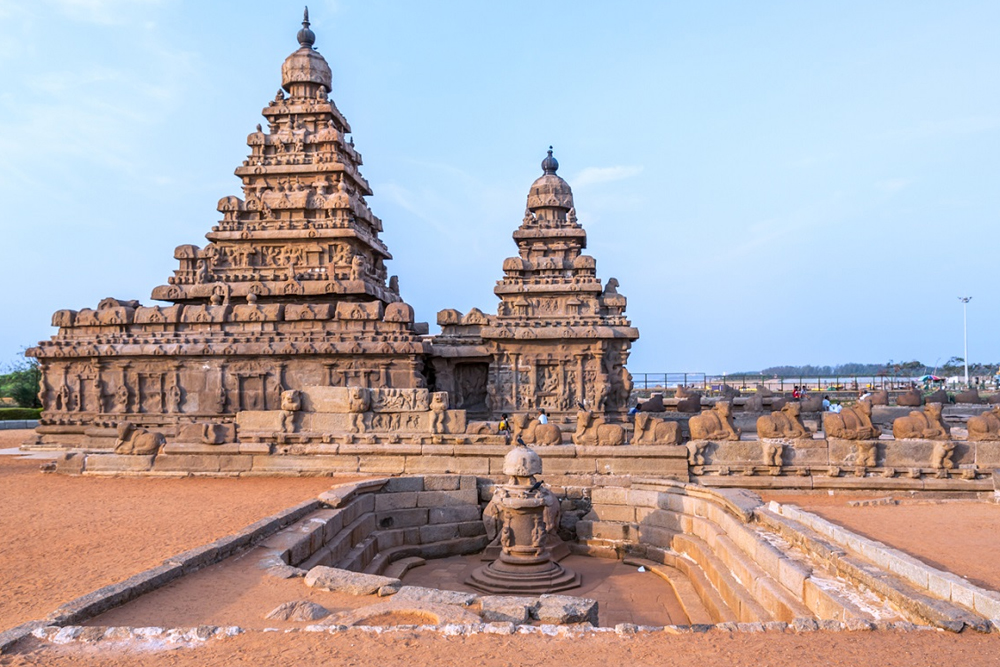Amarnath Temple: Sacred Hindu Shrine in Jammu and Kashmir
- Home
- Famous Temple
- India
- Jammu and kashmir
- Pahalgam
- Amarnath temple sacred hindu shrine in jammu and kashmir
Amarnath Temple: Sacred Hindu Shrine in Jammu and Kashmir
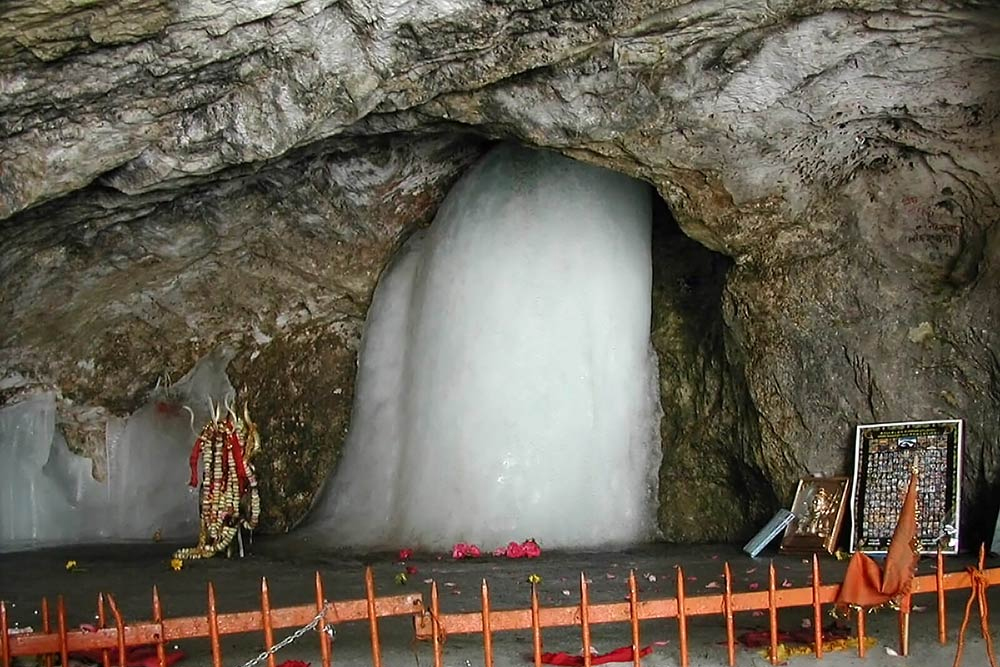
The Amarnath Temple, a revered Hindu shrine, is nestled in the Pahalgam tehsil of the Anantnag district in Jammu and Kashmir, India. Situated at an altitude of 3,888 meters (12,756 feet), this sacred cave lies approximately 168 kilometers from Anantnag city and 141 kilometers from Srinagar, the summer capital of Jammu and Kashmir. Accessible via routes through Sonamarg or Pahalgam, the temple holds significant importance in Hinduism.
Nestled within the scenic Sind Valley, the cave is surrounded by glaciers and snow-capped mountains, enveloped in snow for most of the year. However, during a brief period in the summer, it opens its doors to pilgrims. Over the years, the pilgrimage to Amarnath has witnessed varying numbers of devotees, ranging from 12,000 to 30,000 in 1989, peaking at over 6.3 lakh (630,000) pilgrims in 2011, and accommodating around 2.85 lakh (285,000) pilgrims in 2018. The pilgrimage duration typically spans between 20 to 60 days.
The Amarnath cave, revered as the abode of the Mahamaya Shakti Pitha, holds a significant place among the 51 Shakti Pithas across the Indian subcontinent. These temples commemorate the locations where the fallen body parts of the Hindu deity Sati are believed to have landed.
The Amarnath Cave is revered by Hindu pilgrims due to its natural ice formations. Within the cave, there's an ice pillar known as the ice lingam, symbolizing Lord Shiva. Additionally, two smaller ice stalagmites represent Parvati, his consort, and Ganesha, his son. This sacred site holds immense significance in Hindu mythology and pilgrimage.
The ice stalagmite usually forms a Shivling during the month of Sawan or Shravan (July-August) and starts melting after about a month.
The annual pilgrimage to the historic Budha Amarnath temple in the Mandi area of Poonch district, Jammu and Kashmir, ends on the day of Raksha Bandhan. This pilgrimage showcases secularism, as local Muslims actively participate in this annual festival.
Temples of India

Padmanabhaswamy Temple: An Icon of Wealth and Devotion
Temples of India
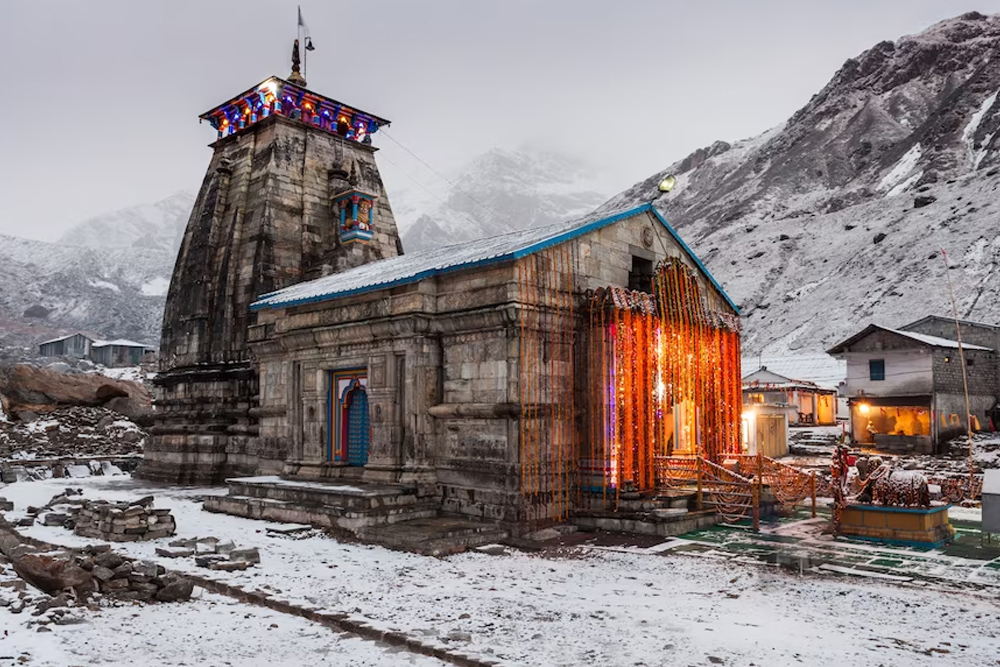
Kedarnath Temple: A Sacred Haven amidst the Himalayas
Temples of India
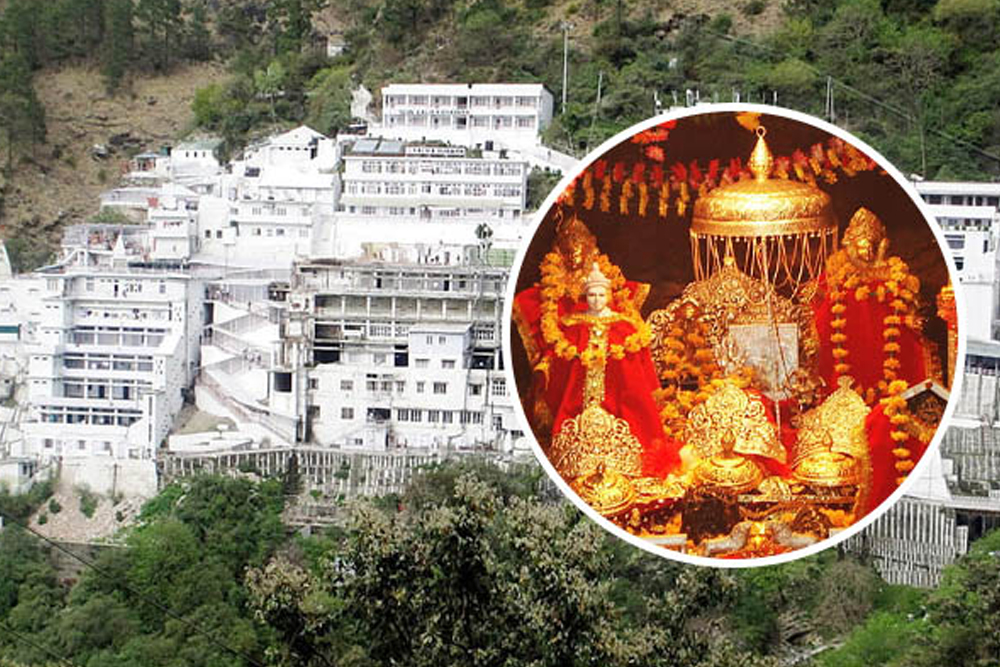
Vaishno Devi Temple: A Sanctuary of Devotion and Blessings
Temples of India
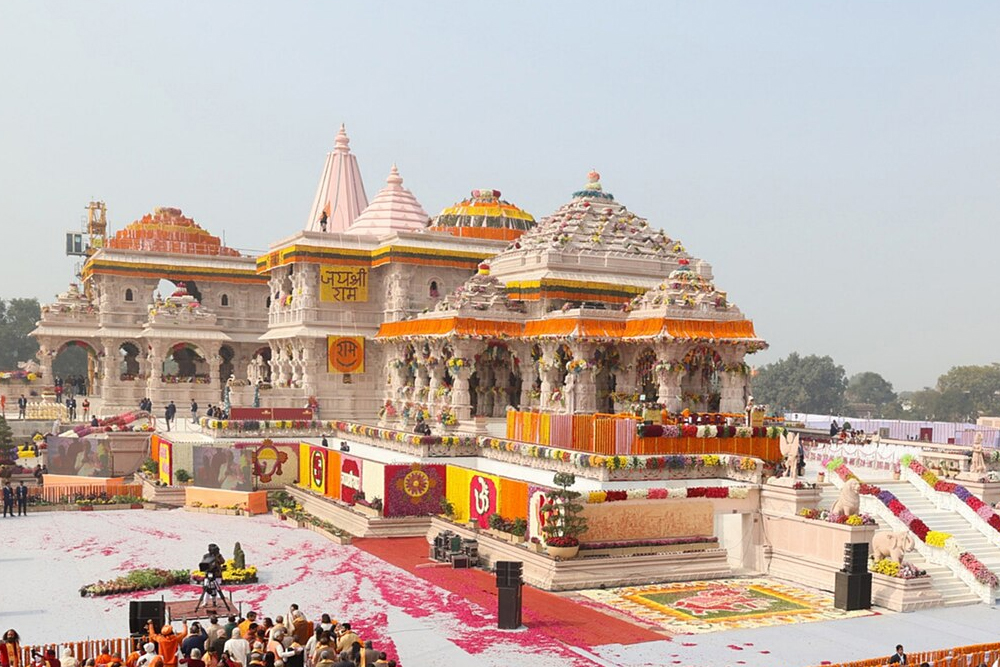
Ram Mandir: A Symbol of Faith and Controversy
Temples of India
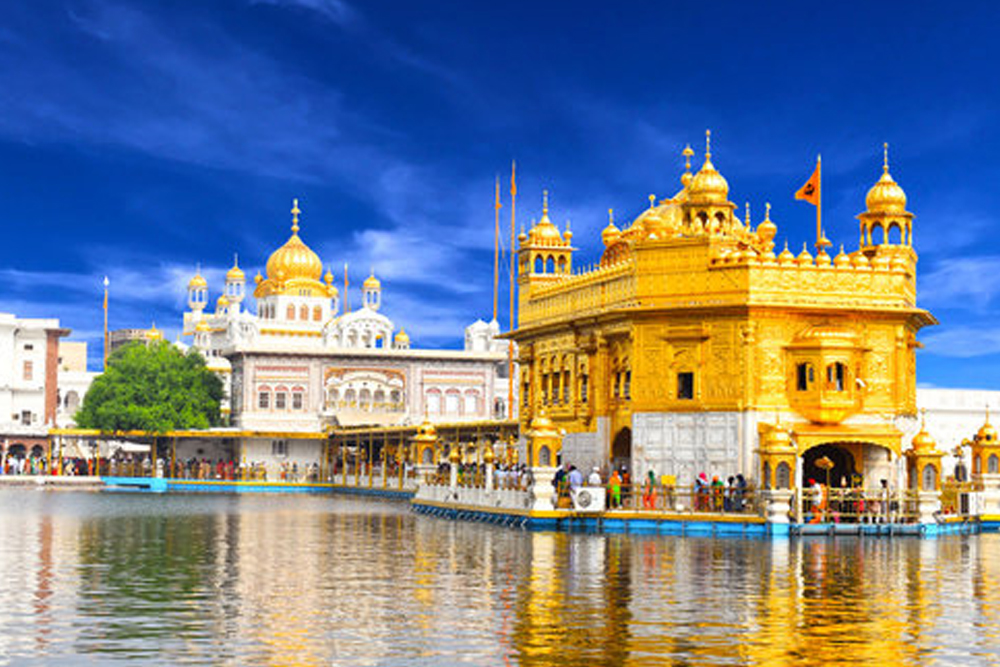
The Golden Temple: Emblem of Sikh Faith and Unity
Temples of India

Shri Siddhivinayak Ganapati Mandir: A Beacon of Devotion in Mumbai
Temples of India
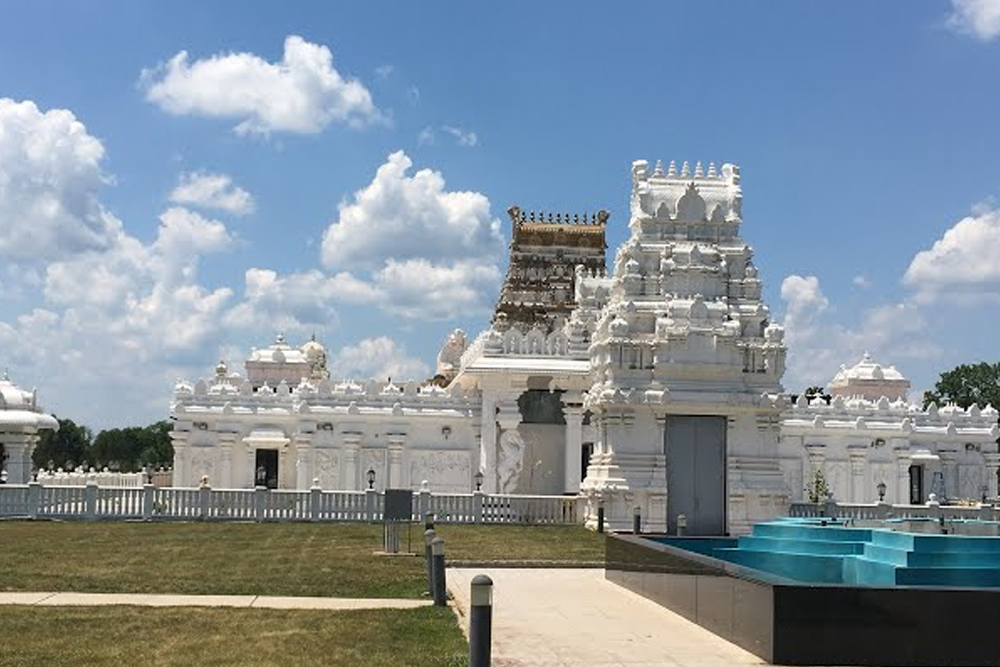
Sri Venkateswara Swami Temple: Sanctum of Spiritual Grace
Temples of India
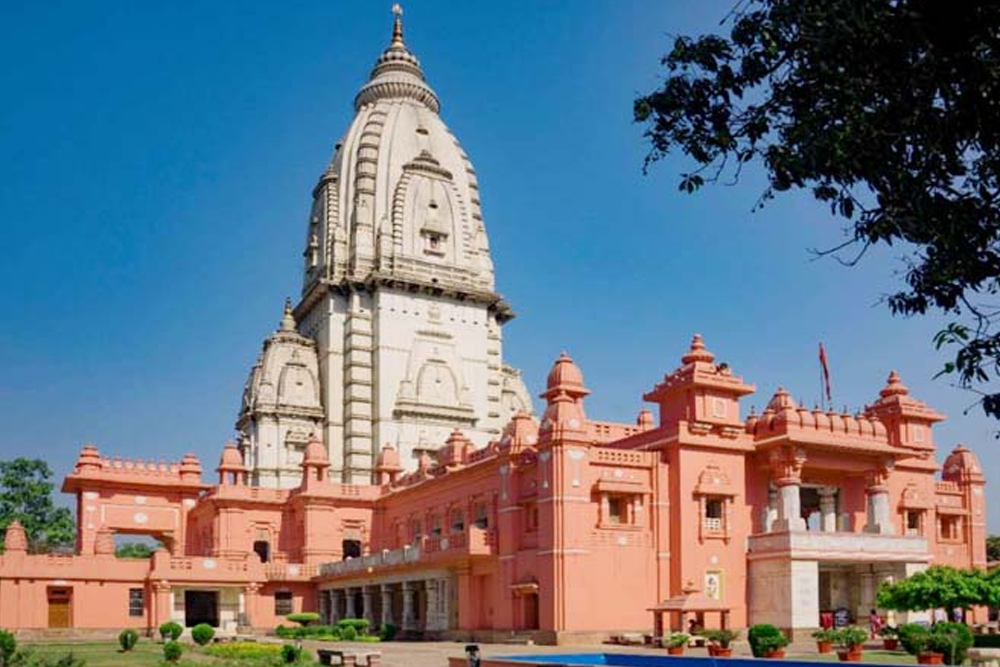
Kashi Vishwanath Temple: Divine Sanctuary in Varanasi
Temples of India

Amarnath Temple: Sacred Hindu Shrine in Jammu and Kashmir
Temples of India
